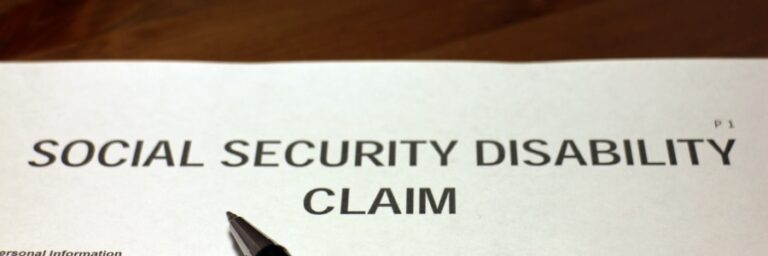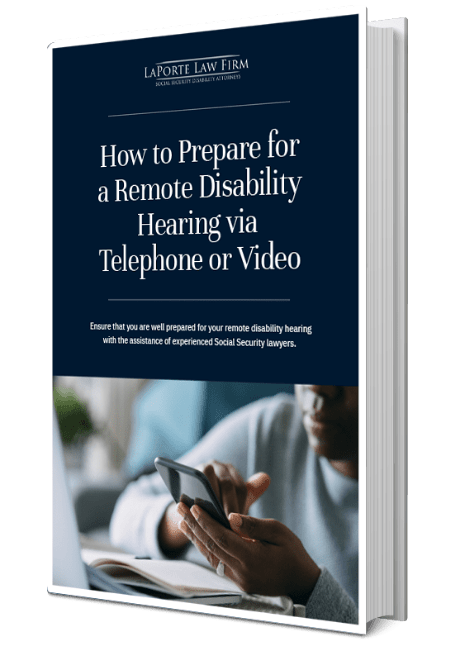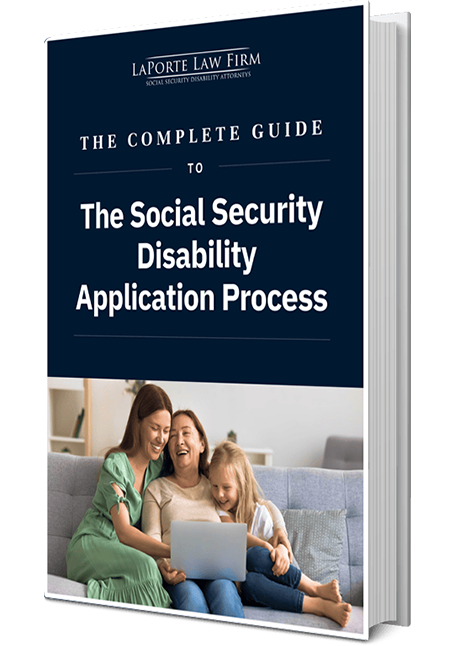It’s easy to confuse Social Security Disability Insurance (SSDI) benefits and Supplemental Security Income (SSI) benefits. The acronyms are only a letter apart; however, there are significant differences between these two government programs.
Social Security Disability Insurance (SSDI) Benefits
Social Security Disability Insurance benefits are generally intended for individuals who have been in the workforce for some period of time and who then suffer a medical impairment making them unable to work. Most workers pay Social Security income taxes (FICA) during employment. If the worker has worked for the required period of time and contributed to the Social Security System though this tax, that individual will become eligible for benefits. An attorney can help answer any questions you may have about eligibility.
If you are eligible for benefits, the amount of benefits you will receive is typically determined by how much you’ve paid in FICA taxes from wages during your working career. Individuals who have earned more, and paid FICA taxes for more years through their work, are typically entitled to a higher monthly SSDI check. This is because the more you have earned during your working years, the greater contributions you would have made to the Social Security Trust System through FICA taxes.
Supplemental Security Income (SSI)
Supplemental Security Income is similar to SSDI as it is available to individuals who suffer from a qualifying medical impairment. The requirements for disability in the two programs are identical. However, the program is aimed to assist a different population. Generally, SSI is a program to provide benefits to low income individuals and individuals with very little assets.
SSI does not have a requirement that an individual have worked for a certain period of time or contributed to the Social Security System to be eligible for benefits. The benefit is paid from the government’s General Fund as opposed to the Social Security Trust System. As a result, the amount that you may receive is not directly tied to how much you earned and contributed to Social Security in the past.
To be eligible for SSI benefits, an individual must have a very limited amount of income and a limited amount of assets. The asset limit is $2,000 for a single person and $3,000 for a married person. The home in which you live does not count as an asset if you live in it. With few exceptions, you also need to be a U.S. citizen.
The amount of benefits you can receive will depend upon your financial need as well. In California in 2014, for example, the SSI cash benefit is $877.40 for a person living independently and $640.50 for someone living in the household of another.














